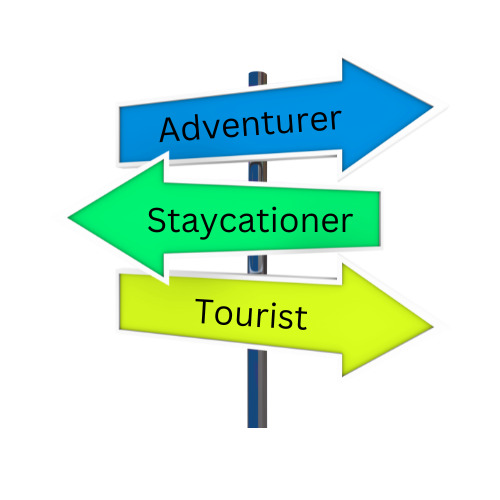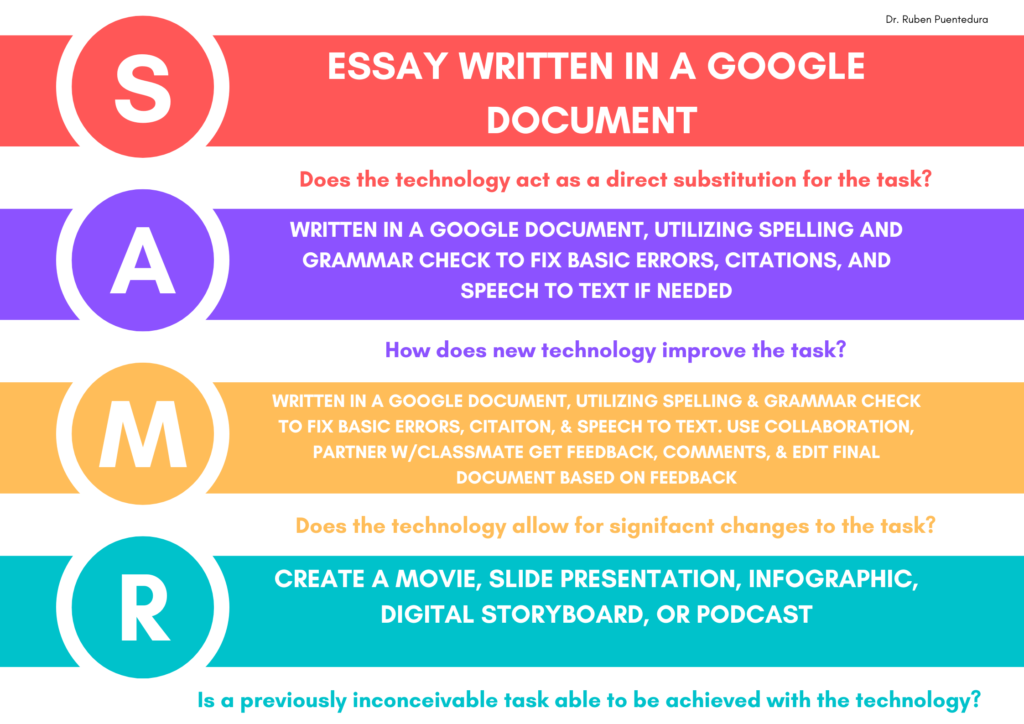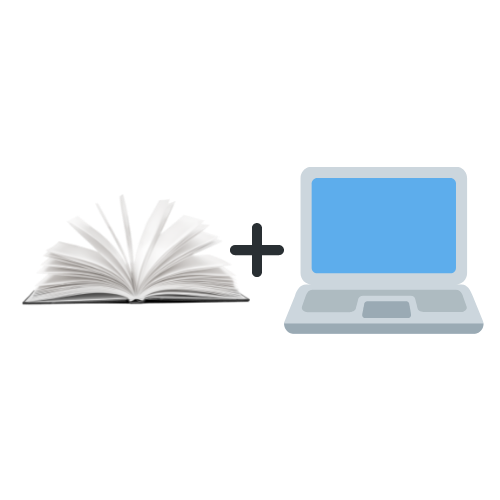In the second module of EDTC 6105 we are studying ISTE-C Standard 3: Collaborator: “Coaches establish productive relationships with educators in order to improve instructional practice and learning outcomes.” I chose to focus on sub-standard a. “Coaches: Establish trusting and respectful coaching relationships that encourage educators to explore new instructional strategies” (ISTE, n.d.). This standard made me think of my Apple Coach training and how they describe teachers in three different categories: Adventurer – someone who is willing to try new things easily, Tourists – those who like clear instructions but with clear instruction and some modeling will try new things, and finally, the Staycationers who are comfortable where they are at and require more assistance as they gradually expand their comfort zone (Apple Inc., 2022).

This led to the generation of my question: How can technology coaches utilize their trusting relationships with teachers to encourage reluctant adopters to explore and adopt new instructions strategies and tools and move teachers from enhancing their lessons with technology to truly transforming their lessons with technology?
McBride (2021) references Liz Kolb and the Triple E Framework for adjusting strategies to digital resources as one way to get students engaged in the learning. I like the Triple E Framework, especially the focus on extension outside of the classroom. However, my focus for this module is on getting teachers who are in the Staycationer frame of mind to adopt technology, and before they are ready to extend their tech related lessons outside of the classroom, the tech coach first needs to help them to adopt new technologies.
Cullen (2018, July 20) suggests that when you are working with reluctant adopters that you need to spend sometime exploring what is stopping them from adopting technology in the first place. Ask the question: what are their barriers to adoption? One suggestion that Cullen had was to show examples of student projects. In fact, that is some a suggestion that you will find in most every EdTech coach book and blog.
Carey (2019) from Powerful Learning Practice has some very effective suggestions when working with hesitant and reluctant technology adopters, but the two that really stood out to me were “don’t try to ‘fix’ someone’s teaching” and “be open and alert to their teaching needs and wants.” It is so important as a coach to make sure that we are walking in with a growth mindset and not a fixed mindset. We need to model what we are looking for from our teachers. If we walk in thinking that we are the answer to their “problem” then that is likely going to cause more issues. It is important to ask the teacher what they want.
Another item from Carey (2019) that stood out was “give them time to ‘play.’” The reason this stood out to me is that when I have done professional development session in my own school district at the beginning of the school year I try to make sure I leave time for a “playground” at the end. Leaving teachers time to just play with the available technology. This gives teachers time to utilize the tools that are available to them in a safe, judgment free environment, without students present. I find that this helps teachers relax. They are able to ask questions if they have any, and familiarize themselves with technology they may have never seen or used before. I have done this with Google and Apple products with success.
Now that I have addressed the first half of my questions, I want to dive into the second half of my question. How do you help move teachers from enhancing their lessons with technology to truly transforming their lessons with technology?
Kelly Walsh from EmergingEdTech wrote an amazing article in 2015 about SAMR framework. The SAMR framework stands for Substitution, Augmentation, Modification, and Redefinition. In this post Walsh (2015, April 20) has eight lessons posted: each with the original pen and paper version lesson, and the four stages of the SAMR of the lesson. Four the lessons he has taken from other websites, and four of them he modified himself. He provides an amazing example of how a teacher can take an everyday lesson and alter it using the SAMR. The SAMR Framework is a great example of how to implement the ISTE Coaching Standard 4.4 Learning Designer: Coaches model and support educators to design experiences and environments that meet the needs and interests of all students. This is especially relevant to 4.4b “Support Effective Assessment” and 4.4c “Collaborate to Accommodate Learner Needs” (ISTE, n.d.). See the example below to see how you can use this model as a coach to do both of these things.
For example, I am an ELA teacher, here is how I would do this:
Original Assignment: Handwritten essay on why you cannot always trust the narrator of the story.

I feel like the best way to help move teachers from simply substituting their previously handwritten assignments with now digital versions of their assignments is demonstrating how to change their assignments. It is not easy to move away from our comfort zones, as educators, as EdTech Coaches, even simply as people. The more that we model how to augment lessons, and help to develop rubrics and teach the lessons, the more likely we will be to successfully move teachers along the SAMR adoption spectrum.
Reference
AppleInc. (2022). Coaching Journal Unit 1. Apple Inc. https://education.apple.com/en
Carey, J. (2019, October 6). How to get hesitant teachers to use educational technology. Powerful Learning Practice. https://plpnetwork.com/2019/08/07/hesitant-teachers-technology/#
Cullen, T. (2018, July 20). Reluctant adopters and technology initiatives. Edutopia. https://www.edutopia.org/article/reluctant-adopters-and-technology-initiatives/
ISTE. (n.d.). ISTE Standards: Coaches. International Society for Technology in Education. https://www.iste.org/standards/iste-standards-for-coaches
McBride, A. (2021). The Edtech Coaching Primer : Supporting Teachers in the Digital Age Classroom. International Society for Technology in Education. http://ebookcentral.proquest.com/lib/spu/detail.action?docID=6683479
Dunworth, M. (2023, a.). Adventurers, Tourists, & Staycationres.
Dunworth, M. (2023, b.). SAMR ELA lesson.
Walsh, K. (2015, April 20). 8 Examples of transforming lessons through the SAMR cycle. Emerging EdTech. https://www.emergingedtech.com/2015/04/examples-of-transforming-lessons-through-samr/

4 replies on “Reluctance to Transform”
Great post! It was very helpful to understand SAMR framework with your example and how it can make a lesson planning easier for the reluctant teachers.
Thank you Jane. I find having examples always helps!
Nice post! I liked how you did a great job discussing the reluctance to transformation in the context of ISTE Coaching Standard 3a. Your insights and analysis were really insightful and thought-provoking. Keep up the good work!
Thank you! I think it is important to discuss how to encourage reluctant teachers.